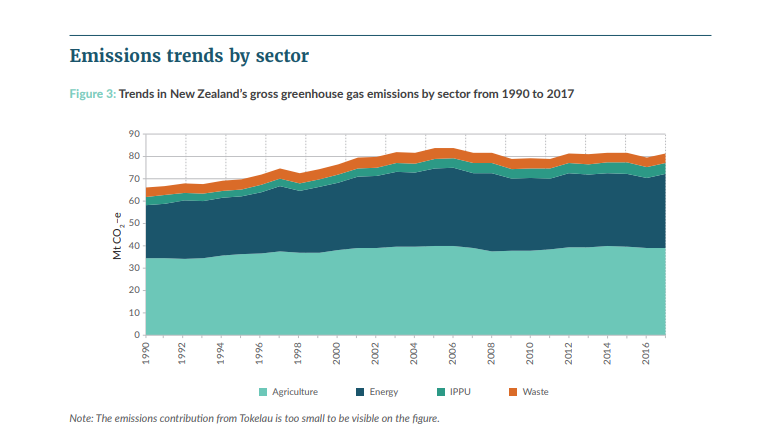Study: New Zealand housing emissions need to shrink. A lot.
 15 Januari 2020
15 Januari 2020
There are a few things that researchers in New Zealand know about the country’s residential housing stock: the most common newly built home is a detached style that’s 166 square meters in size. These homes account for a third of the housing-related emissions, while existing homes produce the rest. New Zealand homes are only expected to get bigger, at 198 square meters, but the emissions cannot if the country – and the planet – are going to achieve targets that limit global warming to below 2°C.
New Zealand’s Ministry for the Environment says the best estimates of warming are for about 1°C by 2040 and 2°C by 2090, particularly in the country’s north, with associated energy demand for more cooling. On the one hand, there will be more pressure on water resources; on the other hand, rising sea levels and intense winter rainfall will bring flood threats.
“Our emissions are globally small but high per capita,” the government says, with the energy sector outdone only by agriculture in producing them. People want to know how their own lifestyles at home contribute, but that’s not limited to their utility bills or power grid. The house includes “embodied carbon” in the concrete, timber, transportation and other construction inputs.
So an ambitious new study from the New Zealand Life Cycle Management Centre at Massey University, in partnership with the Building Research Association of New Zealand, set out to answer how each Kiwi home may be contributing to the ever-shrinking carbon budget.
The bad news is that the projected climate impact of housing through 2050 is five times what it needs to be in order for New Zealand to meet its carbon emissions targets. The good news is that the researchers, whose work is newly published in the journal Building and Environment, think New Zealand can do it.
“I was actually surprised it wasn’t worse,” said Sarah McLaren, a carbon-budget researcher at Massey, in an interview with independent news outlet Newsroom. “Reducing to 20 percent of what we’ve got now, I feel it’s doable. If the target was a thousandth of what it is now, it would make you want to give up. This feels like a challenge that can be taken up.”
But first the research team led by Massey colleague Chanjief Chandrakumar had to create a systematic approach to calculating how much carbon a New Zealand home is and will be emitting, and what to do about it.
“This study, therefore, introduces a science-based approach for setting climate targets for individual buildings using a whole-of-life cycle perspective,” the authors explain. “It involves assigning a share of the 2°C global carbon budget for 2018-2050 to a country, its construction sector, and finally to each life cycle stage of a building.”
They concluded that each new home had a “carbon budget” of 55,280 kg of carbon dioxide across a typical 90-year lifespan, but that needed to be compressed because there are only 30 years until 2050.
The research does not address how specific architectural designs would deliver on New Zealand’s climate goals, but rather encourages the construction industry and its consumers to consider smaller, efficient homes in more dense communities that take advantage of carbon-free energy.

The post Study: New Zealand housing emissions need to shrink. A lot. appeared first on Sustainability Times.
